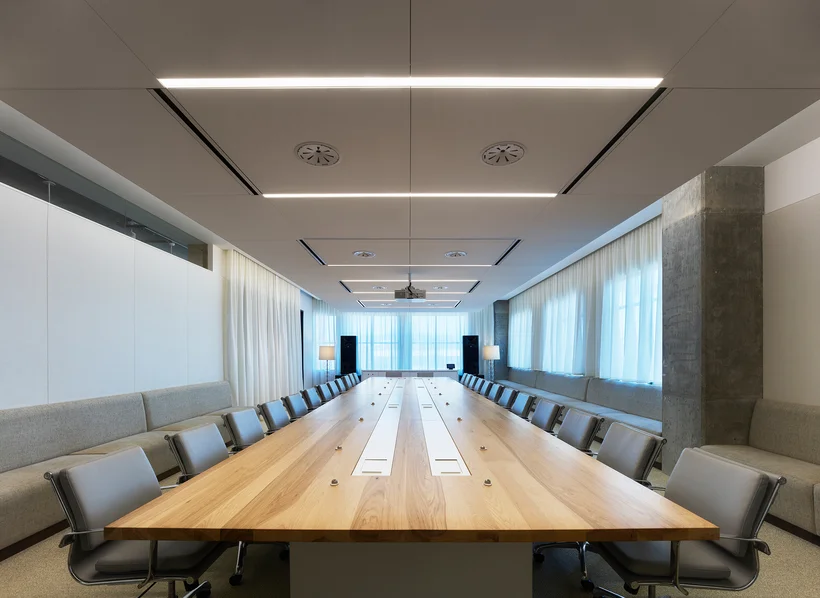By definition, the contract furniture industry embodies a certain level of customization. Making the statement that customization is on the rise is a bit of an oxymoron, then, isn’t it? Not exactly. The latest IBIS World Report on Office Furniture Manufacturing in the US states boldly on the cover, “Customization will provide room to grow amid import competition.” It’s becoming apparent that customization isn’t only on the rise, but also is ready to stick around. Here’s why.
The definition of custom is changing.
In a recent conversation with Anne Gibson, IIDA, LEED AP, Principal and Design Director for Gensler in Chicago, she shed insight into how the term customization has evolved. “Ten years ago, ‘custom’ meant altering a standard product – asking for a new finish, modifying dimensions, or specifying a COM,” explains Gibson. “This kind of ‘custom’ was a small percentage of my work. Today, that level of alteration is the norm for every standard product and I am routinely using an obscure upholstery on a lounge chair with custom-trimmed throw pillows. And, now, a sizable percentage of the pieces I specify are entirely unique.”
Whereas customization used to refer to specifying an alteration here or a finish there, today, customization takes on a whole new definition, as designers look to create spaces that are unique and inspiring, and turn to custom furniture pieces to secure that one-of-a-kind space that truly speaks to its occupants. Zac Feltoon, Industrial Designer at Teknion, put it perfectly, “In the end, we can have a product that is 90 percent custom, 10 percent standard, or a piece that is 10 percent custom, 90 percent standard. No matter where we land on that spectrum, the piece has an emotional connection.”

